Art Sunday 06/22/08 The Cloisters, Metropolitan Museum of Art New York
This museum, a branch of the Metropolitan Museum of Art, is devoted to the architecture and art of Medieval Europe. High above the Hudson River within Fort Tryon Park in New York City, you’ll get spectacular views just outside the museum itself and a rich experience within its walls. Both Art and Nature Lovers couldn’t possibly go wrong with this NYC Location considering how much beauty lies outside of its walls. There are the gardens of the surrounding park as well as all the wonderful hikes up and down hills with plenty of benches to rest along certain parts of the park.
The monks came here to meditate, read aloud or to mouth the words of holy verses. The Cloisters incorporates portions of five medieval cloisters and other monastic sites, some replicas and some actual elements transported stone by stone from their original homes and reassembled onsite.
This magnificent structure houses approximately 5,000 treasures dating from 800 A.D., with an emphasis on the 12th through the 15th centuries. This period encompasses styles from the Romanesque to the late Gothic. ![]() Each gallery represents a different time in the progression of art and architecture.
Each gallery represents a different time in the progression of art and architecture. 
![]() The Romanesque apse in the Fuentiduena Chapel has been on loan from the Spanish government since 1958. The architecture here in the Fuentideña Chapel an example of the heavily fortified walls and small windows reminiscent of that bold and clear style.
The Romanesque apse in the Fuentiduena Chapel has been on loan from the Spanish government since 1958. The architecture here in the Fuentideña Chapel an example of the heavily fortified walls and small windows reminiscent of that bold and clear style.

A Gothic chapel illustrates a style with tall fourteenth-century stained glass windows from Austria and graceful rib vaulted ceilings. The Gothic chapel also houses French and Spanish tomb effigies. The Chapter House, a room where important meetings were held, contains elements of both Romanesque and Gothic architecture.

Among the many treasures in the collection at The Cloisters, perhaps the most famous are the Unicorn Tapestries, a group of exquisitely detailed wall hangings vividly portraying a mythical hunt and capture of a unicorn.
Although the exact origin of the tapestries is unknown they are thought to have been designed in France and made in Brussels. The initials A and E (reversed) in the detail shown here may suggest a link to Anne of Brittany who was twice queen of France, but there are other theories as well.

The medieval plants in the Unicorn Tapestries are so accurately rendered that is has been possible to identify them. You will find over 250 species of plants grown in the Middle Ages in the lush Cloister gardens, including the plants from which the medieval weavers extracted their dyes for the tapestries’ yarns (madder, weld and woad), as well as “magic plants,” such as mandrake and downy thorn.
The spectacular Cloisters collection was started by George Grey Barnard, an American sculptor, who gathered art and other discarded ruins of medieval French buildings, and in 1914 built a gallery to display his treasures.
In 1925, John D. Rockefeller, Jr., purchased the entire collection for the Metropolitan Museum of Art, added some forty pieces from his own collection, and later donated the land which became Fort Tryon Park and The Cloisters. He also donated land across the Hudson River in New Jersey so that an unspoiled view would be preserved. ![]() The Cloisters opened in 1938 and was designated an official New York City landmark in 1974. Rockefeller’s goal of “uplifting the value of beauty” certainly has been realized.
The Cloisters opened in 1938 and was designated an official New York City landmark in 1974. Rockefeller’s goal of “uplifting the value of beauty” certainly has been realized.
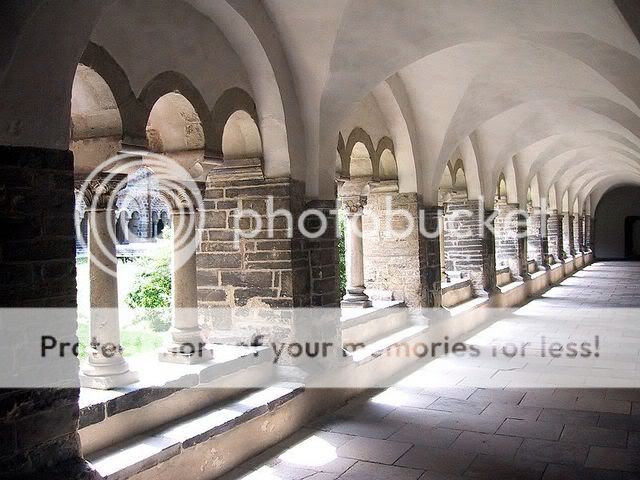
One of the many beautiful courtyards at The Cloisters
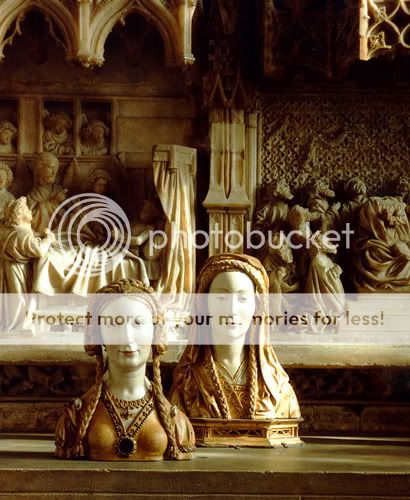
Carved busts on church pew
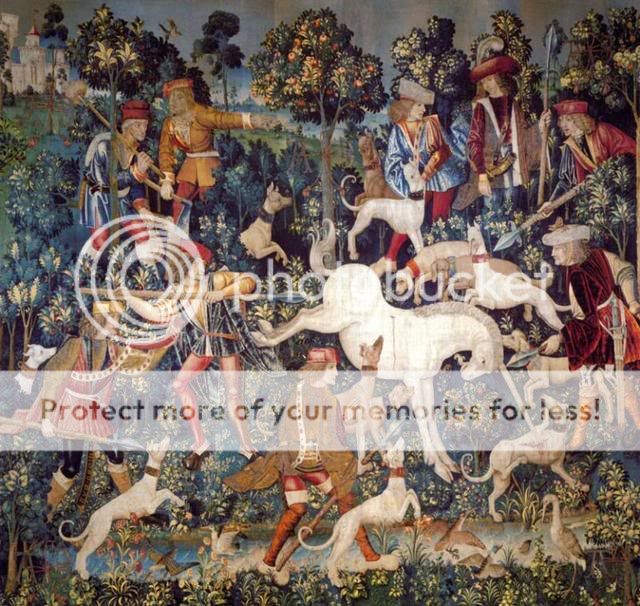
This Tapestry is called, “The Persecution of the Unicorn”
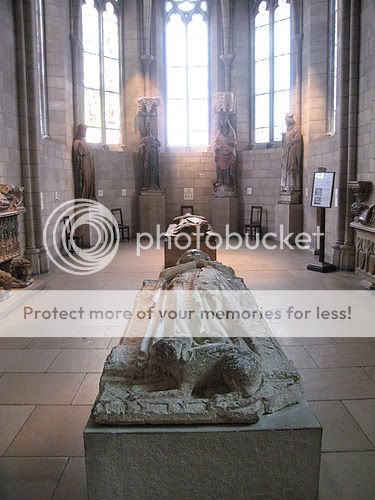
Tombs of Saints
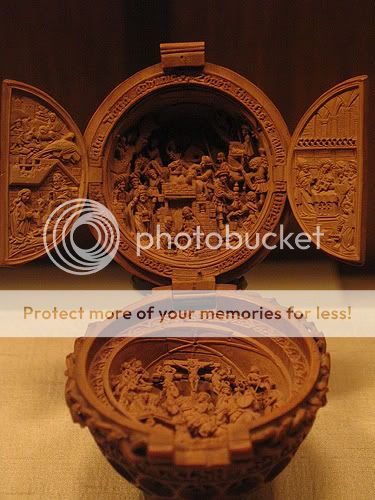
Carved Rosary Bead – the size of an American quarter
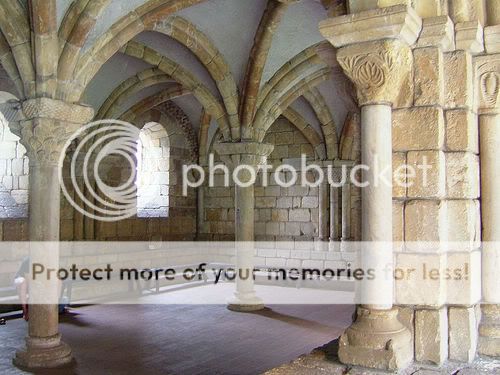
Prayer Room
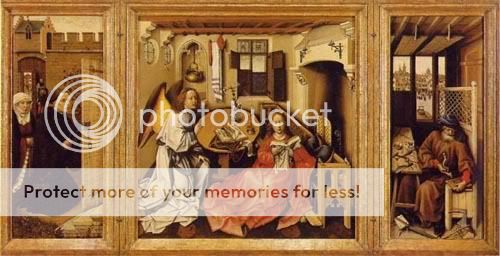
The Annunciation, 1425 The Merode Alterpiece
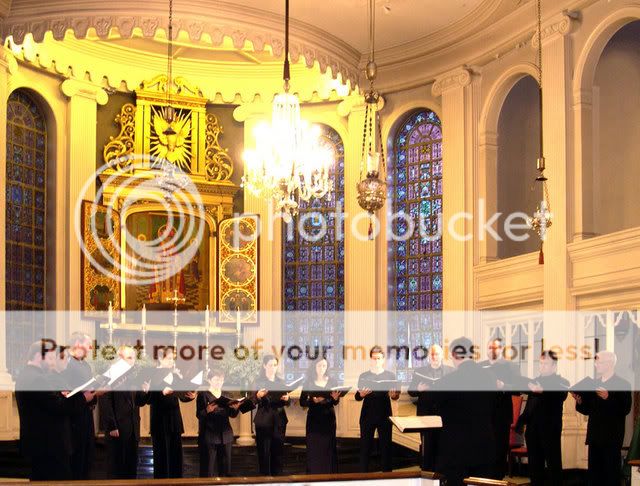
Concerts are performed at The Cloisters
|
starfishred wrote on Jun 21, ’08
OH ONE MORE REASON FOR ME TO VISIT NEW YORK how wonderful what a blog thanks so much laurita
|
|
lauritasita wrote on Jun 21, ’08
Heidi, if you come, I will meet you there !
|
|
vickiecollins wrote on Jun 21, ’08
Beautiful pictures,…very beautiful.
|
|
starfishred wrote on Jun 21, ’08
lauritasita said
OKAY A DEAL
|
|
ladylimoncello wrote on Jun 21, ’08
I remember going there in high school for a French class field trip. It is beautiful. You feel like you’ve gone back in time.
|
|
lauritasita wrote on Jun 21, ’08
Thank you for your comment, ladylimoncello. I was very young when I went there. I found the place to be so enchanting.
|
|
lauritasita wrote on Jun 21, ’08
Hi dawn4 ! It’s actually located much further uptown in New York City. It is not in the heart of the city like the rest of the museum is. It is separate and it is in an entirely different location. I’m sorry you missed it, too.
|
|
shersgallagher wrote on Jun 21, ’08
I love the airy feel of the NY corridors. Thanks for the peek! At Museum D’Orsey in Paris I was able to view the ‘Lady and Unicorn’ tapestries – a lovely set of stations of virginity and the readying of a young woman into the secret pleasures of adulthood.
|
|
lauritasita wrote on Jun 21, ’08
Thank you for your comment, shershallagher ! I wish I could have seen the Museum D’Orsey in Paris !
|
|
jayaramanms wrote on Jun 21, ’08
Great and beautiful blog. Thank you for sharing. Mine is on Charminar available at –http://jayaramanms.multiply.com/journal/item/205
|
|
lauritasita wrote on Jun 21, ’08
Thanks for your visit, Jay ! I’ll be over soon !
|
|
vickiecollins wrote on Jun 21, ’08, edited on Jun 21, ’08
OOps, this is a rewording…LOL Actually the Cloisters is not hugely old from what I am understanding, but rather part of a museum. I think it is wonderful that they make it as consistent with what they were showing as possible. It does look and from the pictures FEEL like a monastery. And that people go to the gardens and go to concerts there is a huge plus.
http://vickiecollins.multiply.com/journal/item/377/Art_Sunday_Monuments…The_Nashville_Parthenon |
|
strongwilledwoman wrote on Jun 22, ’08
Thank you for this beautiful informative post.
|
|
philsgal7759 wrote on Jun 22, ’08
How beautiful. And I can’t resist I wonder if they take attendance like our churches and count the “heads” in the pews?
|
|
lauritasita wrote on Jun 22, ’08
Thank you for your wonderful comments. Vickie, parts of the cloisters were actually real cloisters. There were transported here and rebuilt to recreate the effect of the cloisters in Europe. This is so amazing. Yes, it does look and feel like a monastery when you are there. I’ve been there many years ago, and I can tell you it’s true.
|
Viewing History
Viewed 34 times by 14 people, latest on Jun 22, ’08


 Heidi, if you come, I will meet you there !
Heidi, if you come, I will meet you there ! 
 Add a Comment
Add a Comment
Comments
Art Sunday 06/22/08 The Cloisters, Metropolitan Museum of Art New York — No Comments
HTML tags allowed in your comment: <a href="" title=""> <abbr title=""> <acronym title=""> <b> <blockquote cite=""> <cite> <code> <del datetime=""> <em> <i> <q cite=""> <s> <strike> <strong>